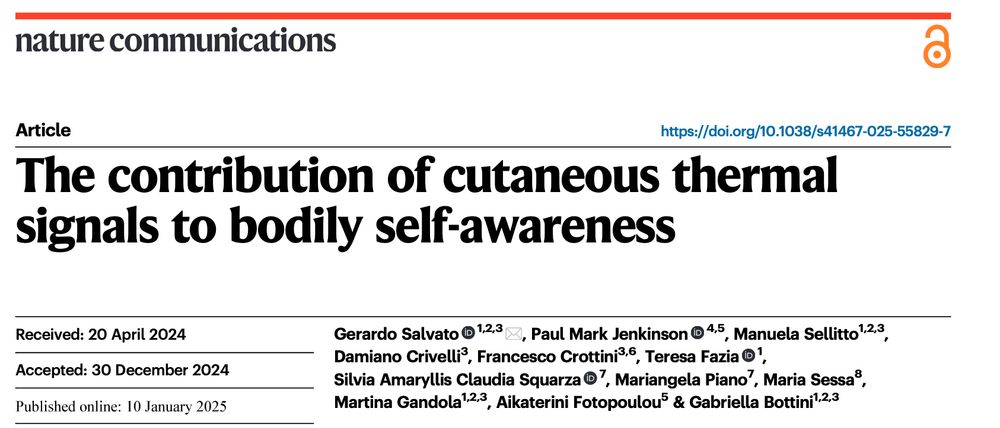Francesca Fardo
@francescafardo.bsky.social
1.5K followers
640 following
47 posts
Neuroscientist • brain • spinal cord • pain and temperature perception
Posts
Media
Videos
Starter Packs
Reposted by Francesca Fardo
Reposted by Francesca Fardo










